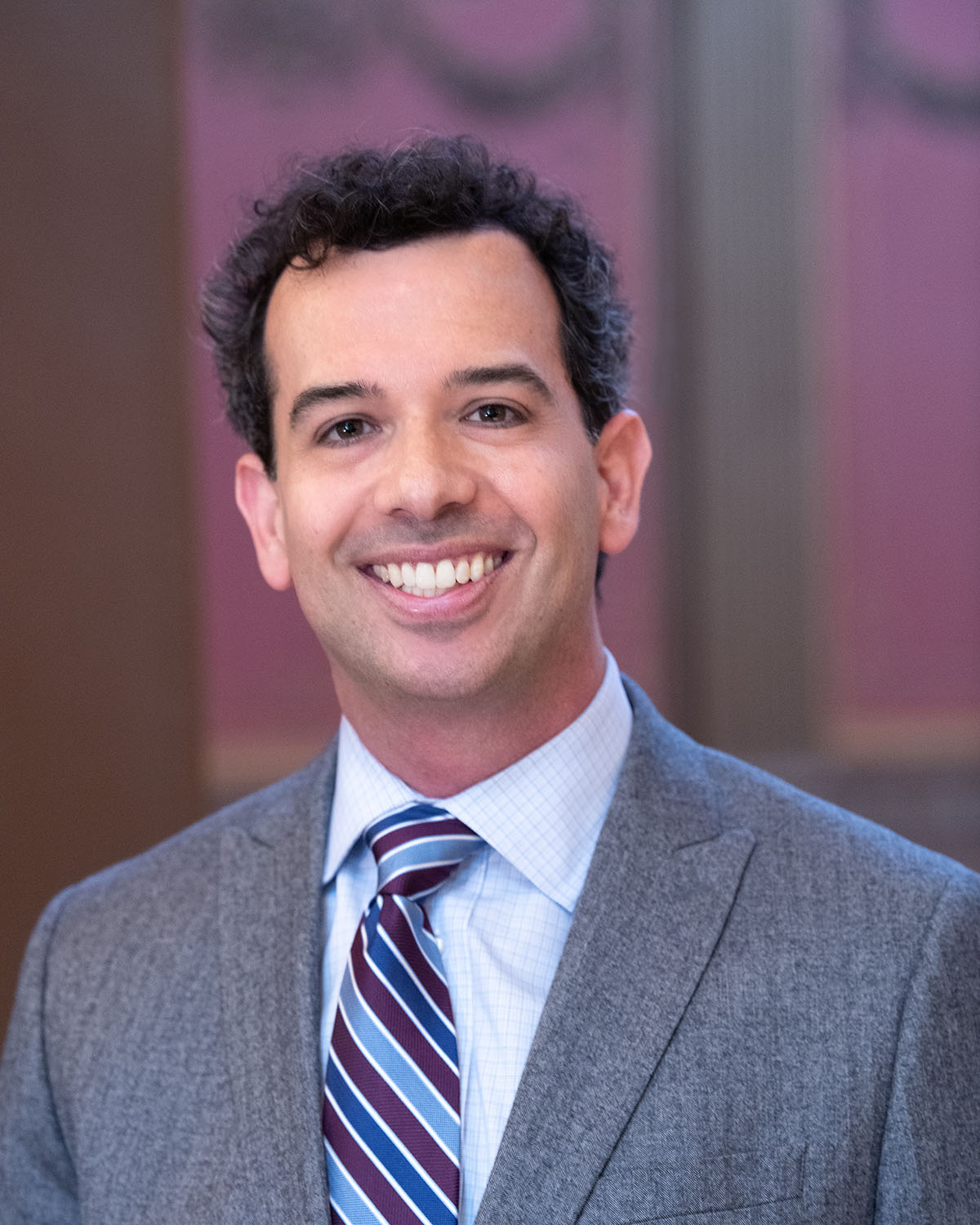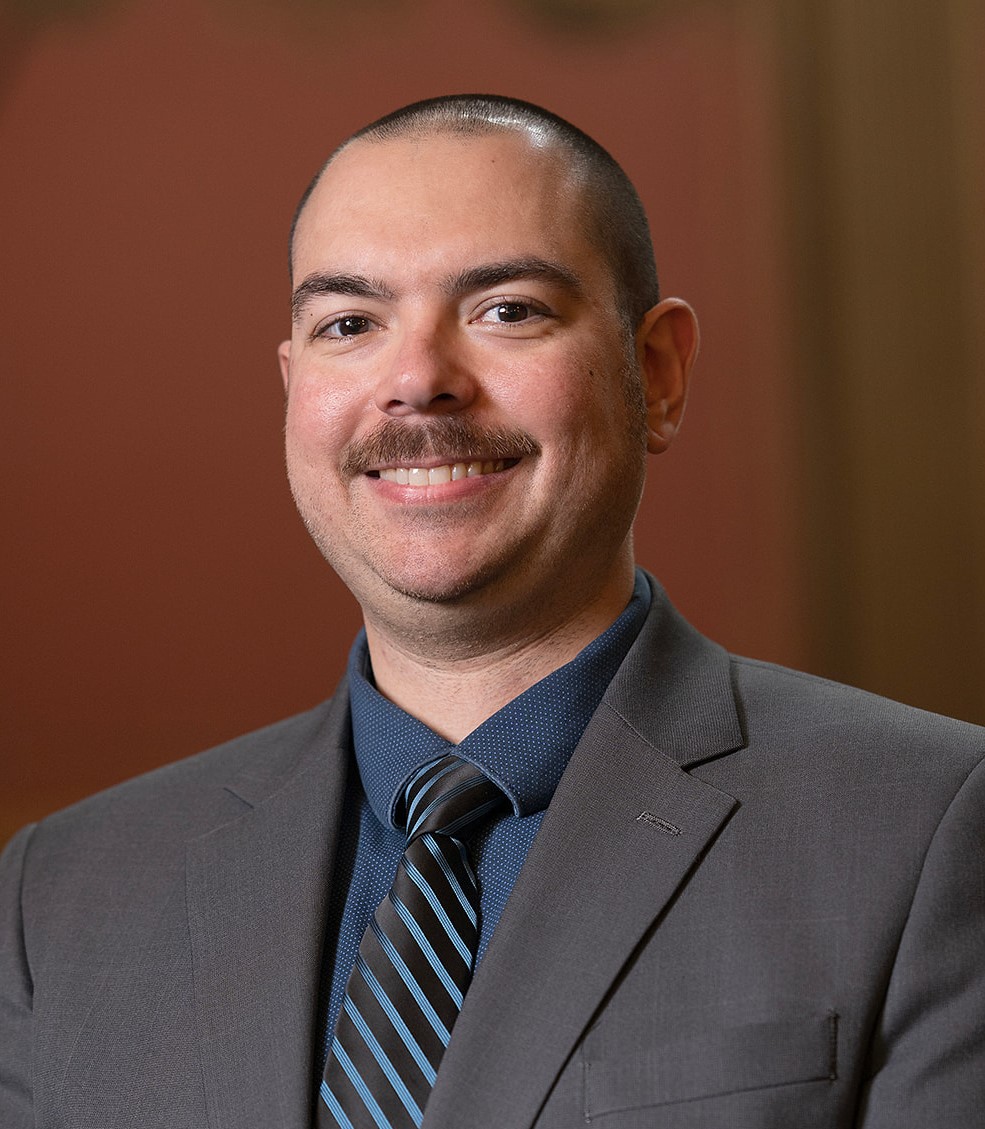

By Zachary Gorchow
President of Michigan Operations
Posted: September 4, 2018 2:22 PM
For most of this election cycle, when I have spoken to various groups and written in this space about the chances of Democrats winning control of the Legislature, it went something like this:
The House, now controlled 63-46 with one vacancy by the Republicans, possible but unlikely. The Senate, now 27-10 Republican with one vacancy and under GOP control for 34 years, hahaha. In fact, a little more than three months ago in this space, I wrote it would take a political earthquake or some other cataclysm for Democrats to flip the Senate.
Well, the ensuing events – specifically, the wild turnout patterns in the August 7 primary – have the feel of at least a tremor, maybe much more.
Take, for example, the 15th Senate District in southwest Oakland County, long a ruby red area where the Republican nominee has won the last four races by an average of 20 points, suddenly turning purple. The term limited Republican incumbent, Sen. Mike Kowall of White Lake, recently said that while the seat was once one where winning the GOP primary was all that mattered, the Republican nominee this year is going to have to work extremely hard to hold the seat.
Three months ago, I wrote the Democrats’ task to flip control of the Legislature was “daunting.” Now there’s a plausible path. Not a clear path. Not an easy path. Vegas would not put great odds on it. But doable.
Earlier this cycle, there was no plausible path, certainly not for the Senate.
The path goes straight through Michigan’s suburban regions, which appear boiling mad at President Donald Trump and ready to storm the polls in November to vote Democratic. The tenure of President Barack Obama accelerated the shift of onetime competitive white working class districts toward the GOP. Now Mr. Trump has accelerated the shift of onetime Republican bastions (higher-income, large percentages of people with bachelor’s degrees and increasingly racially diverse) into competitive, maybe even Democratic tilting, territory.
Looking at the turnout in the August primary, Democrats showed up in force in three Oakland County Senate districts now held by Republicans as well as a northwest Wayne County district now in GOP hands. Not only did Democrat Mallory McMorrow of Royal Oak get thousands more votes than Sen. Marty Knollenberg (R-Troy) in the 13th Senate District primary (neither had an opponent) but Democratic turnout was up in the seat 253 percent from the last midterm primary in 2014. Republican turnout rose only 12 percent from that same year, meaning Democratic turnout shot up at 21 times the rate Republican turnout did.
There are big numbers, though not quite as flabbergasting, across the other three Senate districts as well as six House districts in the same area (four in Oakland, two in Wayne) now held by Republicans. In each, at least as many Democrats participated in the primary as Republicans, usually more, and the increase in Democratic turnout was up by three, four, five, even nine times the amount GOP turnout rose.
The 40th House District in Birmingham, Bloomfield Township and part of West Bloomfield went from Republicans making up 61 percent of the primary vote in the 2014 midterms to Democrats making up 59 percent of the primary turnout in this year’s primary. If that’s not something that registers on the political Richter scale, I don’t know what is.
Now, you may be reading this right now and uttering the immortal words of Frank “The Tank” Ricard in “Old School” after he accidentally shoots himself in the neck with a tranquilizer dart: “You’re crazy man. You’re crazy. I like you, but you’re crazy.”
But ask yourself this, what if Democrats win a clean sweep of those four Senate races and six House races?
House Democrats would only need to flip three more seats for control. Senate Democrats would need just four (we’ll assume that if voters come out en masse in these areas to vote for Democrats that Democratic gubernatorial nominee Gretchen Whitmer will win the governorship, meaning Garlin Gilchrist II as the new lieutenant governor would break the 19-19 tie in the Senate to give Democrats control).
What odds would you give at that point that House Democrats could find those three seats? It doesn’t seem far-fetched to think they could nab the open 62nd District based in Battle Creek, the open 71st District in Eaton County and the open 91st District in suburban Muskegon, right? Mr. Trump is not as unpopular in those areas as he is in the 10 House and Senate districts referenced earlier, but he’s not in great shape either.
What odds would you give Senate Democrats to find those other four seats? They are the favorites in two GOP-held districts, one in Macomb County and one in the western Upper Peninsula, thanks to candidate-to-candidate advantages, even though the national environment isn’t nearly as favorable. At this point, Rep. Winnie Brinks (D-Grand Rapids) has something approaching a layup to flip the 29th District based in Grand Rapids and some of its suburbs. Democratic turnout in that seat rose 300 percent from the 2014 midterm while GOP turnout was up just 9 percent – meaning the Democratic turnout increase exceeded the GOP’s by an astounding 33 times. There’s that rumble again.
Then there’s the rematch between Sen. Margaret O’Brien (R-Portage) and Democratic former Rep. Sean McCann of Kalamazoo in the urban/suburban 20th District, which Ms. O’Brien won by just 0.07 percentage point in 2014. Ms. O’Brien’s been doing all the right things but the environment in Kalamazoo County is deeply anti-Trump. Not only did Mr. McCann pull in 9,000 more votes in the primary than Ms. O’Brien but Democratic turnout was up at five times the rate GOP turnout rose from the 2014 midterms.
Going into this cycle, it was clear Republicans faced some problems in some onetime strongholds. The 40th House District and the 41st House District in Troy/Clawson loomed as clear issues with Mr. Trump’s poor performance there and term limits ousting GOP incumbents, but this suburban surge against the president has spread more deeply into places with distinct Republican voting traditions like Novi, Plymouth, Northville and Livonia.
The Republicans could certainly quell this possibility of the first Democratic sweep of state government since 1982 if they can re-elect their incumbents and avoid stunners. If Mr. Knollenberg, Rep. Kathy Crawford (R-Novi) and Rep. Jeff Noble (R-Plymouth) take care of business and win re-election and if Rep. Laura Cox (R-Livonia), Rep. Michael McCready (R-Bloomfield Township) and Rep. Jim Runestad (R-White Lake) win open Senate seats few seriously thought until recently Democrats could win, the Republicans should hold the Legislature.
Of note, in these 10 suburban Detroit districts, the race pits a Republican man against a Democratic woman in seven of them. How high is the pink wave?
That this is even up for discussion is incredible.
Is a Democratic sweep probable? Not at this point. Plausible? Far more than I thought.
Interested in more analysis on these races? Gongwer News Service’s 2018 Michigan Elections app has you covered with analysis on all 148 races for the Legislature, plus the statewide offices and Congress as well as candidate biographical information and much more. It’s available for $4.99 for iOS devices at https://itunes.apple.com/us/app/2018-michigan-elections/id1338473494?mt=8 and for Android devices at https://play.google.com/store/apps/details?id=com.gongwer.mi2018.





